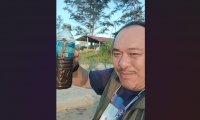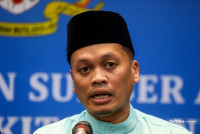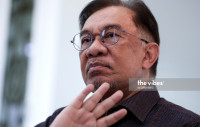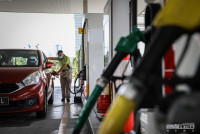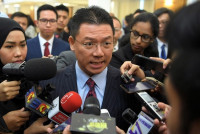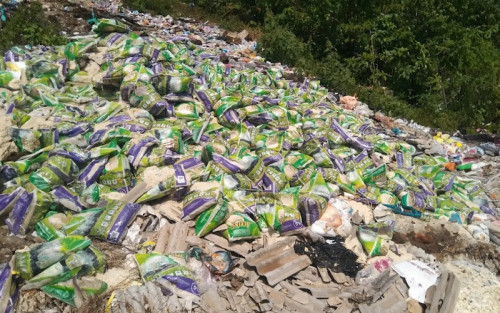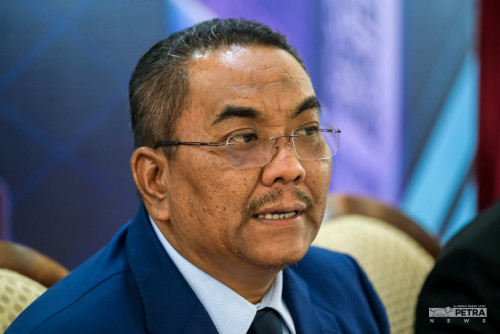SUSTAINABILITY, at its core, is simply about making sure our lifestyle is mindful towards the environment and climate care.
Social enterprise Biji-Biji Initiative collaborates with award-winning UK-based Falmouth University in a joint UK-Malaysia student and youth training programme to design products for the circular economy from waste, which can be upscaled to a wider community through the Responsible Innovation Plastics Project for Life and Environment (RIPPLE) project.
The project was one of three that received seed funding grants of up to £10,000 (approximately RM57,281) offered by British Council Malaysia.
The Vibes caught up with Juliana Adam and Drummond Masterton – two key spokespersons of the respective organisations – who are at the heart of ensuring the success of the initiative that aims to by nurturing young product designers towards looking at material and product sustainability.
More on our interview below…
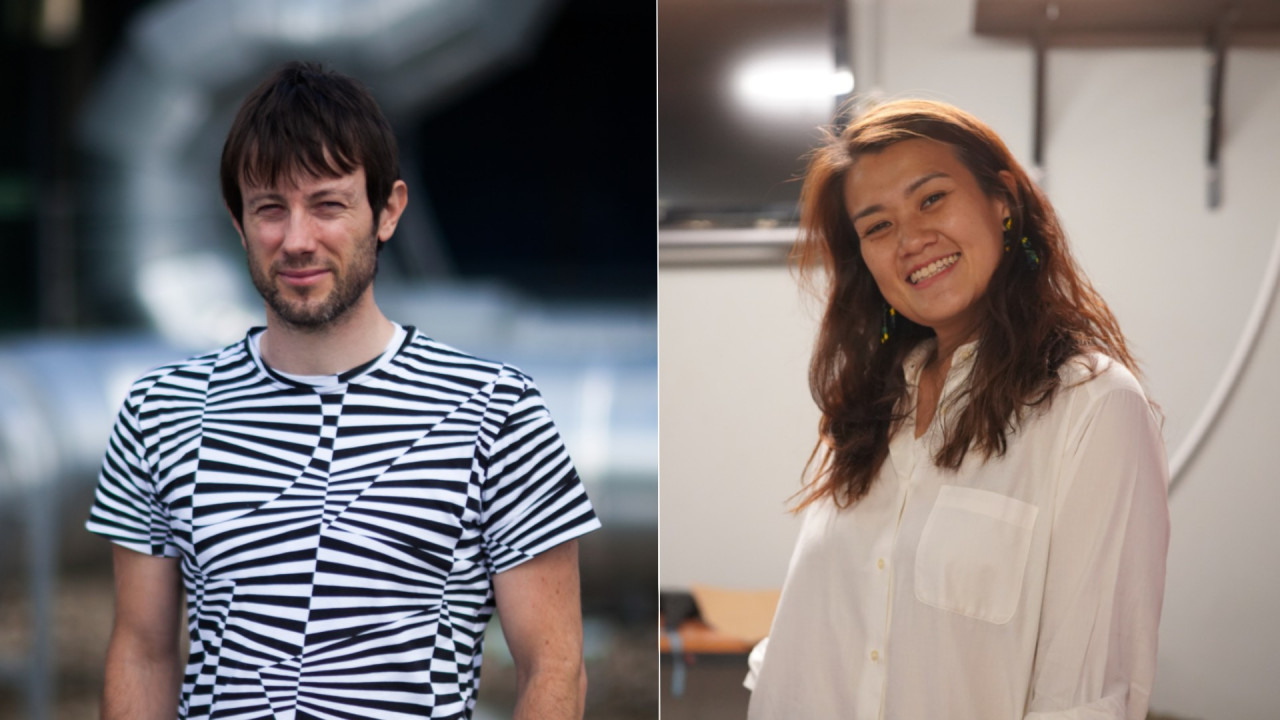
The Vibes: How significant is it for Biji-Biji Initiative to receive the grant?
Juliana Adam: We are able to join forces with international partners, in this case an award-winning UK university, which serves us well in opening to a broader international audience. Biji-biji will gain a different perspective from young and upcoming international talents, taking into consideration their varied background and exposure to sustainability and product design, while being mindful of the local context.
The access and the ability to tap into emerging talents is one of the bigger wins for us, as we do see a needs and skills gap here. For our communities involved, it surely gives a sense of pride and achievement to have partnered with international players in their own product development.This opportunity also elevates Biji-biji’s own Beyond Bins project -a small-scale plastic recycling solution with local, at-risk communities. Not only will this open more opportunities to scale, but also will spark greater conversations with other stakeholders to put actions in place.
TV: Would you be able to share more on RIPPLE’s objectives in reaching its goal?
JA: The RIPPLE Project was built upon several pressing questions. Among them; i) How can perceptions and behaviours towards plastic as a low value material be transformed through design thinking and innovation to help upcycle these waste materials as part of a circular economy model? ii) How can design thinking leverage higher value economic prospects through transforming waste material? iii) How can design assist in changing the perception of plastics value? iv) How can design solutions trigger positive environmental behaviours? v) How can we build a legacy of design thinking in young designers that embeds the climate change agenda?
Sustainable product designs will trigger users to rethink their own consumption leading to behavioural shifts and increase the value of waste through new product innovation. Students from Falmouth University will work in teams to innovate new product and communication opportunities, based on the ongoing small-scale plastic recycling solutions that are currently in-place with local (Malaysia) communities, under Biji-biji. Following this, a skills-transfer workshop will be conducted to these communities to ensure the knowledge is passed on and ultimately benefit all stakeholders involved.
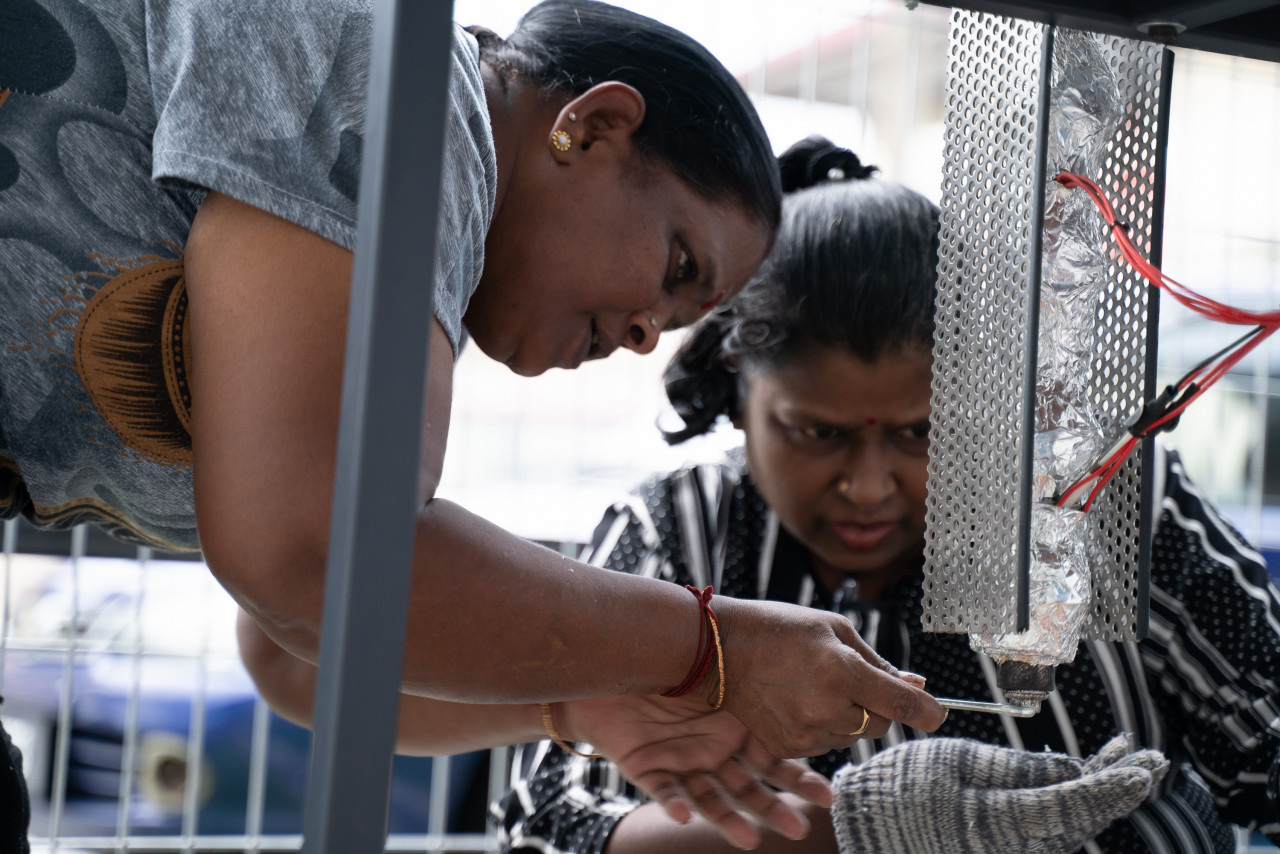
TV: What can participants look forward to in the workshops provided? What new and important insights can be applied that is not already taught?
JA: Through the Beyond Bins workshops, the participants (who are generally from marginalised communities) will learn about using the small-scale plastic recycling machine to shred plastic waste, and to make new recycled products out of the waste, on top of sustainability and recycling. With the insights gained from the Falmouth students on sustainable product design and communicating through design, we can add these on to the education modules, providing them with a more holistic hands-on knowledge on product development -from designing, mold production, understanding materials, and leading to production of the recycled product.
Drummond Masterton: What I look forward to most in the RIPPLE collaboration is seeing 48 of our first-year design students apply their ingenuity and creativity to challenging real world problems as individuals and as team members is a fascinating journey. Already I have been able to see the challenge differently by hearing the students discuss their ideas and interests for tackling plastic waste. Working with new people such as Juliana and Rashvin from Biji-Biji is so rewarding. Being able to share collective passion for addressing climate emergency and empowering youth and local communities to be able to act is empowering. It has been fascinating to gain insight into the challenges faced within a Malaysian context through Biji-Biji’s expertise, existing projects, and community engagement.
TV: [Question to Masterton] As the Head of the School of Architecture and Design, how important is such initiative towards student/youth collaboration?
DM: When writing the grant application for the British Council A.R.C. Challenge I was keen to be able to provide our students with an amazing, collaborative, real world challenge that could empower them to apply their creativity to the climate challenges we face. Sustainability and partnerships underpin the educational philosophy at Falmouth University.
The nature of learning around the globe has been radically affected by the global pandemic and design students and staff have had to deliver much of the educational experience online. This initiative has shown how we can strive to be ambitious, collaborative, global and connected using our online tools.
The collaborative nature of the project involves students from both Graphic Design and Sustainable Product Design first year. Until this project, many of the students had never met one another despite being housed on the same campus, all due to the nature of online learning. The project has enabled them to make new networks, friends and start to understand the shared and different skillsets they can bring to a team-based project. Learning these collaborative skills is crucial to their future career paths and to maximising the potential impact of the creativity.
It is not all smooth, real projects shift and change as they evolve, and this is a crucial learning skill for our design students to develop. By understanding how to respond to change, be agile and use their creativity to problem solve as new challenges emerge.
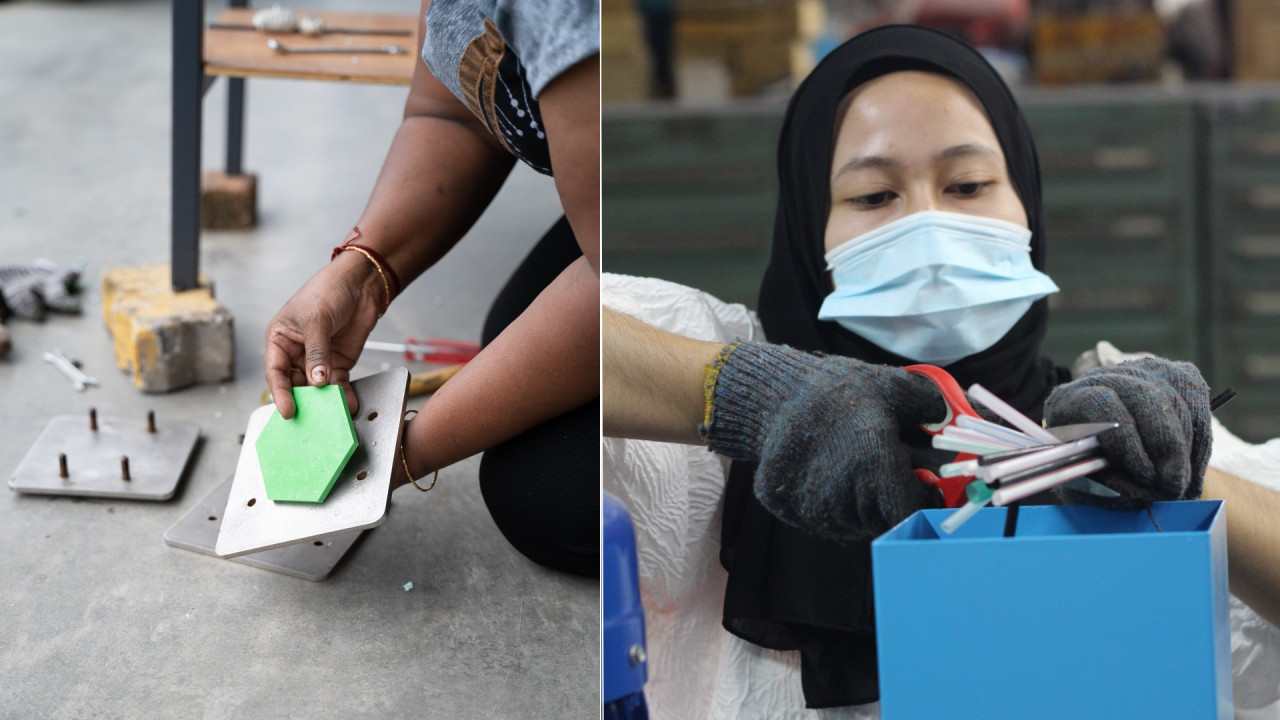
TV: On product ideation, what makes a successful product / technology that ensures the development of a sustainable social-economic setting?
DM: Understanding all the contexts that you are working within be that historical, cultural, technological, and critical is important to really get a holistic understanding of the issue you are trying to improve through design. We advocate working with people through primary research to design with, rather than design for any given situation. Regarding both economy and sustainability, understanding that the product solution has a lifespan and that its ‘nextlife ‘-state must also be considered is a fundamental part of sustainable design. We see this strategy being termed circular economy or circular design. Keeping the materials, we currently have in products as valuable material for another future product rather than using virgin resources will help us lighten our impacts on the planet.
JA: I feel what makes it successful and sustainable is the involvement of readily available materials (i.e waste), and importantly involving at-risk community members to be part of the solution. This not only creates a circular economy for the products and materials, but also promotes economic growth by opening more job opportunities for all. It is not necessarily labour-heavy jobs but could involve more professional skills especially in sustainable product designing. It is important to take into consideration the improvement of livelihoods as this will be partly the determining factor in a sustainable social-economic improvement, as these individuals will then be able to also focus on sustainable innovation and development once their key needs (stable income to provide for oneself and family) are met.
TV: Those who are familiar with product design know that the ideation process does not stop when a product is launched/released. Would you be able to share the importance of measuring usability success?
DM: Product Feedback loops are important for designers to improve both the user experience and provide valuable insight into how users actual use the products. In terms of the RIPPLE project, we are investing in building a set of plastic manufacturing machines from precious plastic to enable our design students to better empathise with Biji-Biji’s community enterprises who may create multiple batches of the physical designs. Longer term we aim to develop new product innovations for Biji-Biji to trial with their community partners and established markets. This phase of the project will provide further valuable feedback on how product ideas are received within Malaysia.
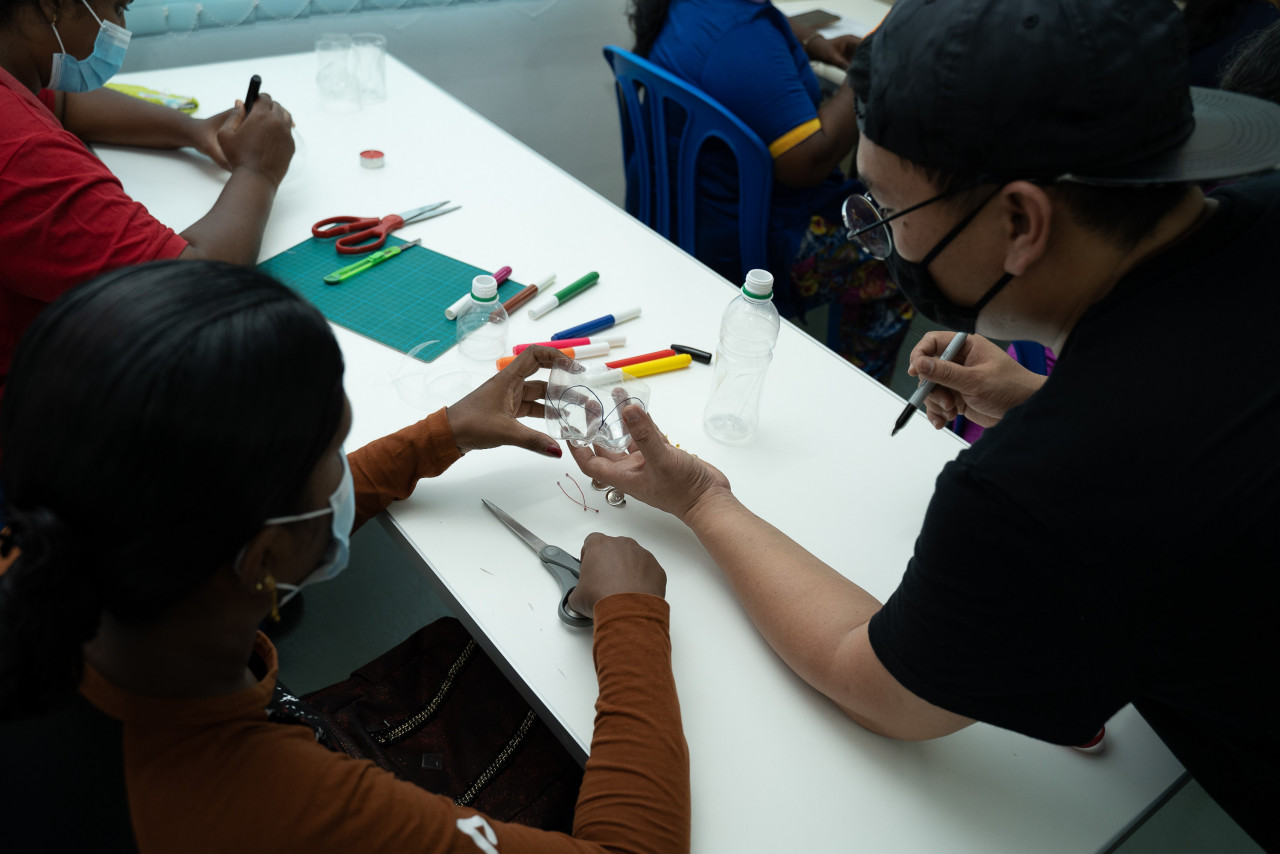
TV: In the process of developing creativity and innovation among youth, what do you think is lacking in today’s area of growth locally and globally?
JA: Through my own experience, I feel the lack of access to information is one of the key factors that is hindering growth locally. We receive several enquiries daily, from passionate young adults who have all these vast ideas for sustainable innovation, but do not know where to start, who to work with, and especially where to get funding, to make their ideas come to life. These are individuals or fresh graduates, who may not already have the right networks nor the know-hows to start their own entrepreneurship journey. This low access to resources -be it information or financial, especially within the local Malaysian context, needs to be addressed to nurture these fresh and innovative solutions.
DM: Shielding youth from our shared complex challenges that we face because of climate emergency, global population growth and reduced resources, detaches them from the immediacy of the issues and prevents them for being part of the solutions. Awareness and campaigning are one part of being more informed of the situations facing the planet and people, creating opportunities to empower youth to realise their answers to these is another, further investment, and financial support to champion great ideas from youth is required to deliver real impact.
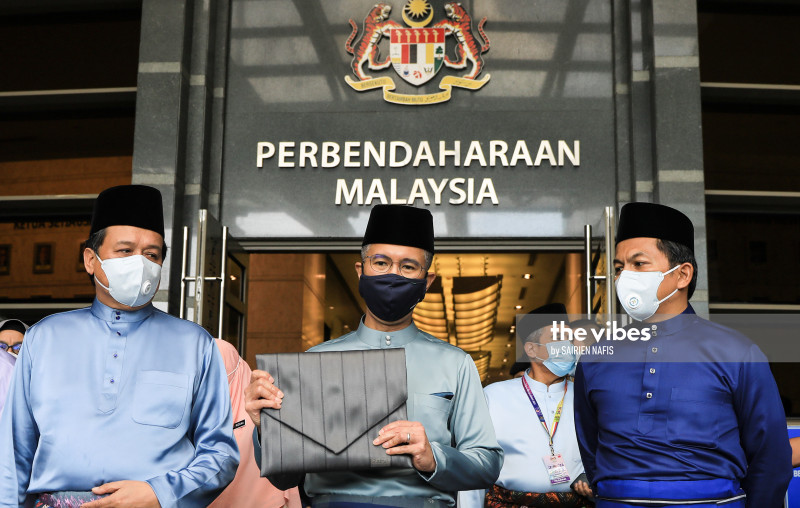
TV: How can we best support and activate innovation and entrepreneurship?
JA: Providing access to knowledge & information to youths, on how to kick start their entrepreneurial journey. Many training courses are geared for organisations rather than individuals and are usually for those who are more experienced. We try to make this accessible through a free MOOC (Massive Open Online Course) on the topic of Social Innovation and Social Entrepreneurship It is best to nurture this from a young age, especially instilling the entrepreneurial mindset that will bring out the creative and innovative changemakers of tomorrow. Thus, it is important to have the maker learning pedagogy incorporated into the local school systems, providing at par learning experience with the international level.
DM: Innovation thrives when you pose real world questions, the grounding that this brings provides focus, parameters and measure of success that are meaningful and tangible to designers. Entrepreneurship often requires large collaborative teams and discussion, to see opportunities and value differences in opinion helps to develop confidence in making a difference. Combining creatives with business and science-based disciplines enables the greatest opportunity to leverage new knowledge to deliver meaningful impacts through new product, service, and system designs. – The Vibes, April 22, 2021







.jpeg)
